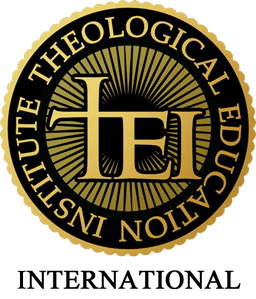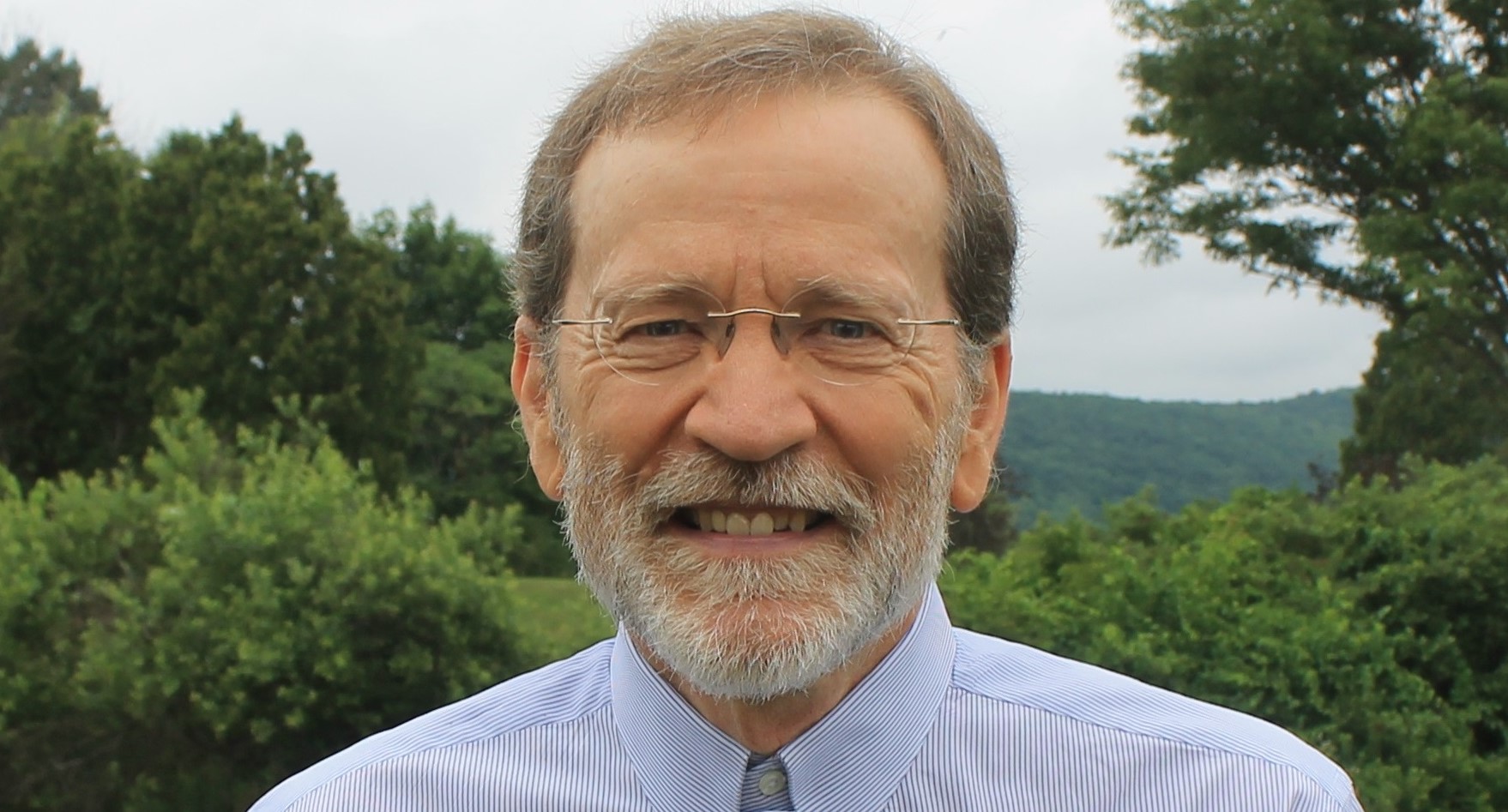Notes on the Sociology of Religion (11)
John C. Rankin
James, William: The Varieties of Religious Experience (New York, Touchstone, Simon & Schuster, 1997, pp. 21-161.
_____________________
- Background: a) 1842-1910, son of Swedenborgian theologian Henry James, Jr. (wealthy eccentric), brother of novelist Henry James and diarist Alice James; godfather = Ralph Waldo Emerson, wide circle of writers and intellectuals as friends (e.g., Louis Agassiz, Oliver Wendell Holmes, Jr., George Santayana, John Dewey, W.E. Du Bois, Helen Keller, Mark Twain, Horatio Alger, H.G. Wells, G.K. Chesterton, Sigmund Freud, Gertrude Stein, Carl Jung); b) health issues and determinative reality in his interests; M.D. from Harvard Medical School, then into psychology and philosophy; entire academic career at Harvard; Metaphysical Club; voluminous writings, Principles of Psychology (1890), Human Immortality (1897),The Varieties of Religions Experience (1902), Pragmatism (1907), The Meaning of Truth (1909).
- Thesis of this topic: Religious experience = the primary topic in the study of religion, not religious institutions (derivative): a) no to “absolutism and one-sided dogmatism”; b) no elementary religious emotion, “but only a common storehouse of emotions upon which religious objects may draw” (p. 21; e.g., dependency, fear, escape, sexuality, awe); c) personal religion = most fundamental, back to the founders of a given church or religion, from whom theology and ecclesiology derives; d) thus, religion means, “for us the feelings, acts, experiences of individual men in their solitude, so far as they apprehend themselves to stand in relation to whatever they may consider the divine” (p. 24) − 1. subjectivism, 2. “Character is always known. Thefts never enrich; alms never impoverish; murder will speak out of stone walls. The least admixture of a lie – for example, the taint of vanity, any attempt to make a good impression, a favorable appearance – will instantly vitiate the effect. But speak the truth, and all things alive or brute are vouchers, and the very roots of the grass underneath there do seem to stir and move to bear your witness” (p. 25) [but: Is truth objective or subjective?]; e) Emersonian religion: “The universe has a divine soul or order, which soul is moral, being also the soul within the soul of man” (p. 26) − 1. “divine” v. “godlike,” 2. non-religion is religious in sentiment; f) religion = “a serious state of mind” (p. 29; “solemn”) − 1. “So I propose – arbitrarily again, if you please – to narrow our definition once more by saying that the word ‘divine,’ as employed therein, shall mean for us not merely the primal and enveloping and real, for that meaning if taken without restriction might prove too broad. The divine shall mean for us only such a primal reality as the individual feels impelled to respond to solemnly and gravely, and neither by a curse nor a jest” (p. 30), 2. divinity and solemnity beyond doubt, 3. “I accept the universe” (p. 31) heartily, not grudgingly, 4. religion is not a heavy yoke; nix “dull submission” (p. 32); positive in essence, 5. stoicism and contrast w/Christian joy in the face of trials, 6. agreeing to the scheme, versus agreeing with it, 7. “Religious feeling is thus an absolute addition to the subject’s range of life” (p. 36), 8. “A solemn joy” (p. 37), 9. Havelock Ellis: “liberation from oppressive moods” (p. 37) + “laughter of any sort may be considered a religious exercise” (p. 59), 10. “…that is, the world is all the richer for having a devil in it, so long as we keep our foot upon his neck” (p. 38).
- The reality of the unseen: a) Kant and the idea of pure reason, separating from objects of knowledge such as God, freedom, nature, design and immortality; b) Platonic idea of the accident versus the idea [Emerson is Platonic]; c) even if Greek gods do not exist, a “sense of reality, a feeling of objective presence,a perception of what we might call ‘something there’ ” matters (p. 45) − 1. hallucination (stories of “presences” etc. as natural experiences), i] experience of abhorrence, ii] “involuntary writing,” iii] drug induced + James’s experiments with drugs, 2. “Such cases, taken along with others which would be too tedious for quotation, seem sufficiently to prove the existence in our machinery of a sense of present reality more diffused and general than that which our special senses yield” (p. 48), 3. “Fundamental cosmical It” (p. 49), 4. experience of God: “It was like the effect of some great orchestra” (p. 51), 5. “I felt neither fatigue, hunger, nor thirst, and my state of mind was equally healthy … a state of equilibrium … ecstasy” (p. 52), 6. “Such is the human ontological imagination, and such is the convincingness of what it brings to birth … I spoke of the convincingness of these feelings of reality … They are as convincing to those who have them as any direct sensible experience can be” (p. 55).
- Healthy-Mindedness: a) in pursuit of happiness, found in healthy-minded religion; b) the “once-born” are those who come to religion “naturally,” being wired for healthy-minded optimism, with little consciousness of sin − 1. nineteenth century transcendentalists such as Walt Whitman, 2. love of nature; 3. involuntary and voluntary way of being healthy-minded, i] involuntary = happy about things in the immediate, ii] voluntary = systematic and the power of the abstract conception of the good, iii] systematic healthy-mindedness deliberately “excludes evil from its field of vision” (p. 67) [ignoring evil, cf. Hindu concept of maya and Christian Science doctrine concerning suffering], 4. advance of nineteenth century healthy-mindedness of liberalism v. morbidity of “old hell-fire theology” (p. 69), place of Darwinian evolution in this scheme, ii] place of “natural pagans”; c) “Mind-cure” and therapeutic movements in nineteenth century U.S. − get rid of “misery-habit” and “martyr-habit” (p. 75), 2. pantheistic notion of “man’s higher nature” (p. 76), 3. nix sin and replace with separation from “Divine Energy” (p. 77), 4. not primarily a religious movement, but religious elements, 5. nix moralisms and conversionism, and relax, 6. power of the subconscious; mysticism too, 7. challenging epistome of positivistic science; d) “… the healthy-minded temperament, the temperament which has a constitutional incapacity for prolonged suffering, and in which the tendency to see things optimistically is like water of crystallization in which the individual character is set…” (p. 96).
- The Sick-Soul: a) “Evil is a form of disease; and worry over disease itself is an additional form of disease, which only adds to the original complaint. Even repentance and remorse, affections which come in the character of ministers of good, may be but sickly and relaxing impulses. The best repentance is to up and act for righteousness, and forget that you ever had relations with sin” (p. 96) − 1. Spinoza: condemnation of repentance, 2. healthy-mindedness knows “milder” views of repentance – free from morbidity, getting away from, not groaning over it, i] etymology of repentance (metanoeo, “change of mind,” “turning from”), ii] quietism/Milonos, iii] “God is not necessarily responsible for evil…” (p. 99), iii] universal question and anguish, iv] Hegel’s dialectical requirement, v]. “The mind-cure gospel … a genuine religion” (p. 100); b) “The sanguine and healthy-minded live habitually on the sunny side of their misery-line, the depressed and melancholy live beyond it, in darkness and apprehension”( p. 102) − need for a separate religion for each?; c) chain = no stronger than weakest link; thus need to look at the sick-souls − 1. Johann Wolfgang von Goethe = successful as once-born optimist, 2. Martin Luther and Robert Louis Stevenson successful, but w/pessimisms, 3. Stoic and Epicurean pessimists = sick-souls, 4. pathological depression of anhedonia, 5. Leo Tolstoy and John Bunyan, but they “saw the light again.” Twice-born ( just turning away from evil is not possible for many; need to deal with it first, then the hope to turn away finally. d) “The completest religions would therefore seem to be those in which the pessimistic elements are best developed. Buddhism, of course, and Christianity are the best known to us of these. They are essentially religions of deliverance” (p.123) [nix dualism: deliverance from what to what in each?].
- The Divided Self and the Process of its Unification: a) “The contrast between two ways of looking at life which are characteristic respectively of what we called the healthy-minded, who need to be born only once, and of the sick soul, who must be twice-born in order to be happy − 1. rectilinear or on-storied affair, pluses and minuses; v. double-storied mystery, 2. In pure form – “pure naturalism and pure Salvationism” (p. 125) – violently, 3. Religious melancholy and “conviction of sin” in Protestant Christianity (Romans 7 question). b) divided self − 1. Discordant personality of melancholy + self-condemnation in Augustine, i] “Augustine’s psychological genius has given an account of the trouble of having a divided self which has never been surpassed” (p. 129), ii] “There could be no more perfect description of the divided will, when the higher wishes lack just that last acuteness, that touch of explosive intensity … to burst their shell, and make irruption efficaciously into life and quell the lower intensities forever” (p. 130); c) Augustine and Henry Alline “both emerged into the smooth waters of inner unity and peace” = the process of unification, which = a general psychological process − 1. problem of evil (once again), 2. falling in love or out of love, 3. Mental sciences of removing the sick soul by an act of the will, 4. Lysis and crisis, gradual and abrupt, i] Tolstoy and Bunyan = gradual, ii] they can only have a two-storied universe, having drunk too deeply of pain; cannot become “healthy-minded” (p. 140).
- Conversion: a) divided self becomes unified, whether there is a direct divine element or not − 1 produce fruit, transformation, 2. psychological elements, but not fully explainable; b) “To say that a man is ‘converted’ means, in these terms, that religious ideas, previously peripheral in his consciousness, now take a central place, and that religious aims for the habitual centre of his energy” (p. 147) − adolescent manifestations of “conversion,” and theology builds on it, i] suggestion and imitation, ii] all such have their original, located in sporadic adult cases, iii] little doctrinal content, iv] subconscious maturing process/”unconscious cerebration” (p. 155), v] volition of self-surrender, vi] Incompleteness or wrongness of sin to escape from + positive ideal to vii] “Man’s extremity is God’s opportunity” (p. 157); c) historical sweep of thesis − 1. “Self-surrender has been and always must be regarded as the vital turning-point of the religious life … From Catholicism to Lutheranism, and then to Calvinism; from that to Wesleyanism; and from this, outside of technical Christianity altogether, to pure ‘liberalism’ or transcendental idealism, whether or not of the mind-cure types, taking in the medieval mystics, the quietists, the pietists, and quakers by the way, we can trace the stages of progress towards the idea of an immediate spiritual help, experienced by the individual in his forlorness and standing in no essential need of doctrinal apparatus or propitiatory machinery” (p. 158), 2. David Brainerd, 3. bursting “through all barriers and sweeps in like a sudden flood” (p. 161).
- Critique: a) to what extent did James’s own suffering drive his move from medicine to psychology to philosophy in seeking to deal with the problem of theodicy?; b) how can religious experience be limited to subjective experience without first defining what the objective is? (mentioned, but not defined); c) religion defined through lens of personal experience, sublimating if not removing social and cultural realities; d) wealth of information and observations.
###


